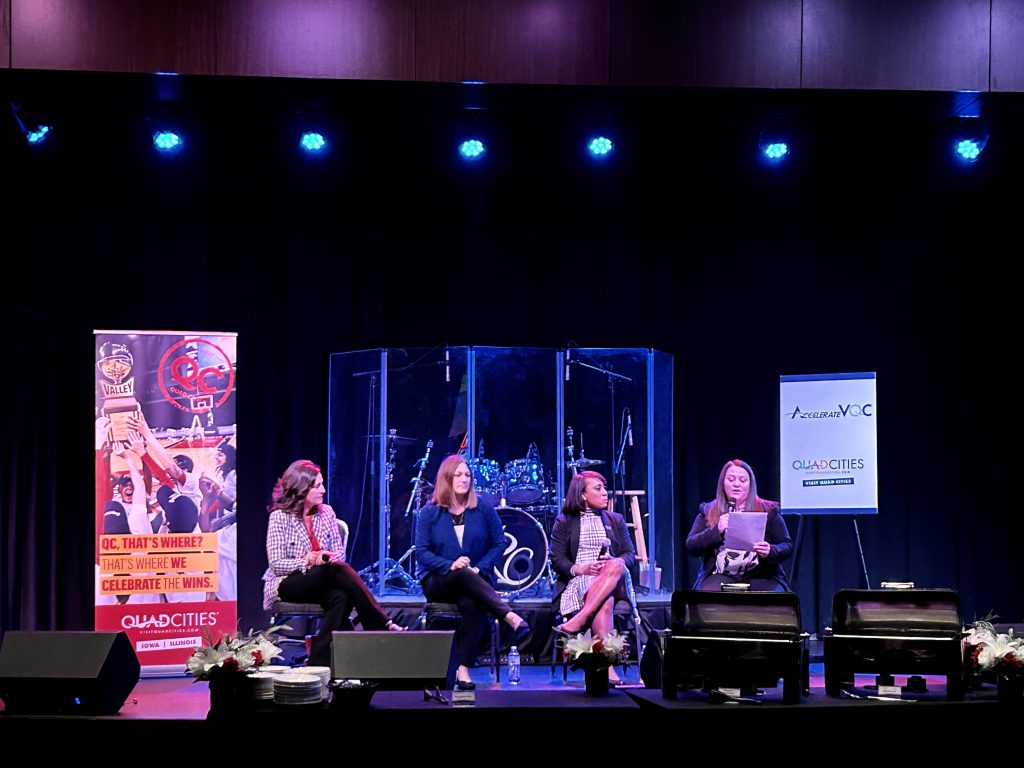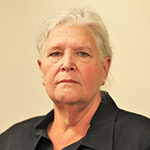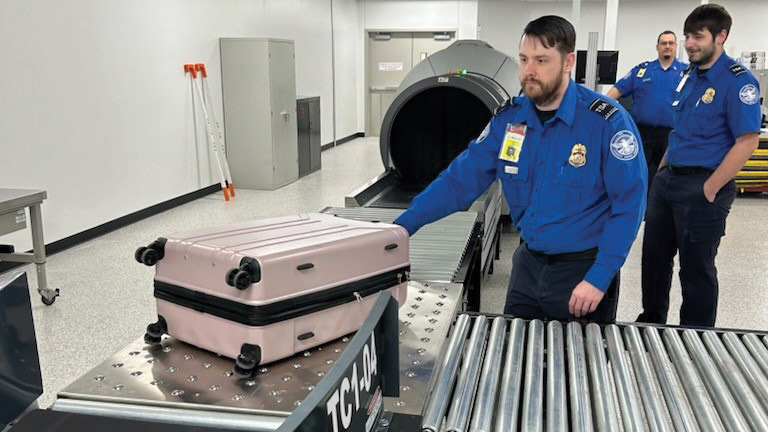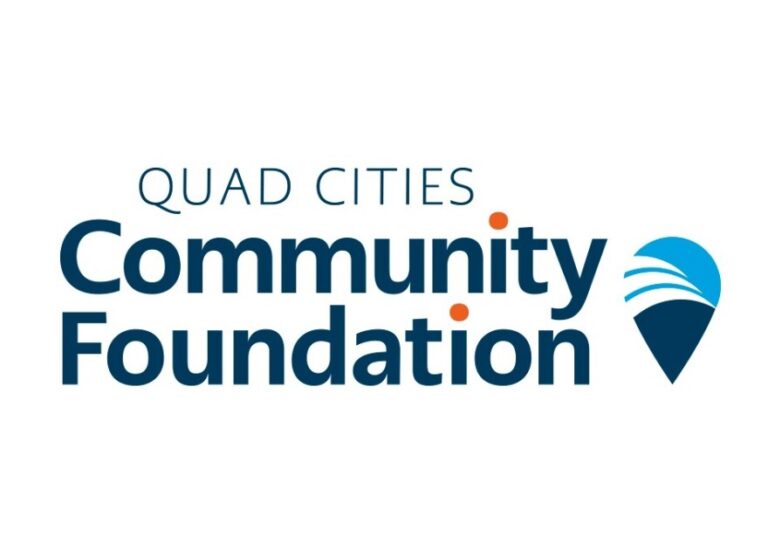
Leaders address the future of women’s athletics during a panel discussion on Wednesday, March 13. From left are executives Jeri Beggs, Angie Lansing, Jill Redmond and moderator Joan Kranovich, Visit Quad Cities vice president of business growth and director of Sports QC. CREDIT VISIT QUAD CITIES
Women’s college sports leaders are not only celebrating a surge of interest in women’s athletics fueled by superstar Caitlin Clark, they’re eager to leverage that growth to help “turn a moment into a movement.”
That was the message delivered at a Visit Quad Cities panel discussion on Wednesday, March 13, in the Rhythm Room at Davenport’s Rhythm City Casino Resort. That intimate venue sparked lively interaction…

Want to Read More?
Get immediate, unlimited access to all subscriber content and much more.
Learn more in our subscriber FAQ.
Do you want to read and share this article without a paywall?







